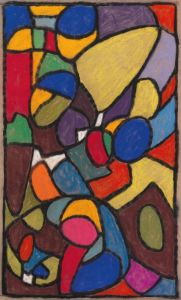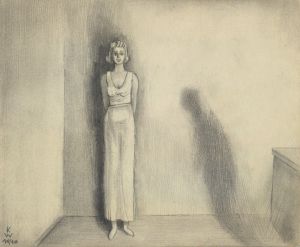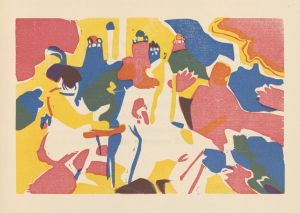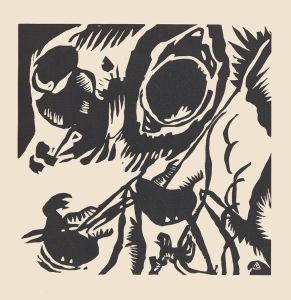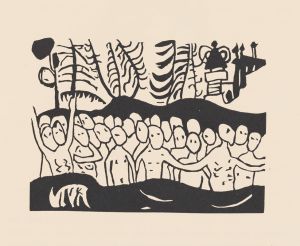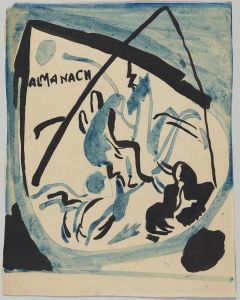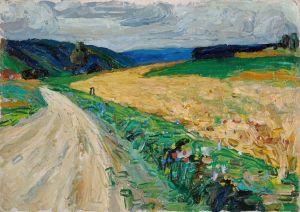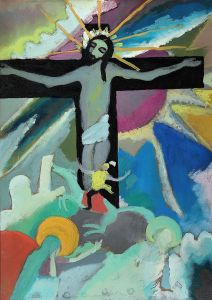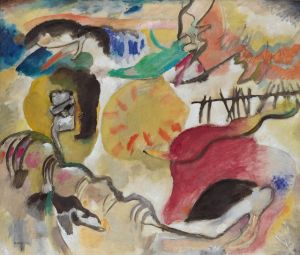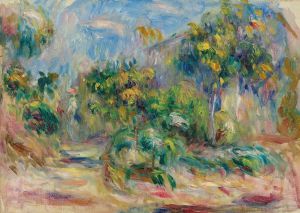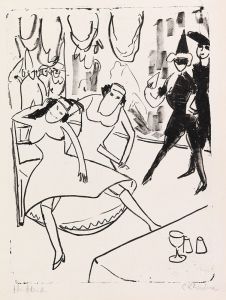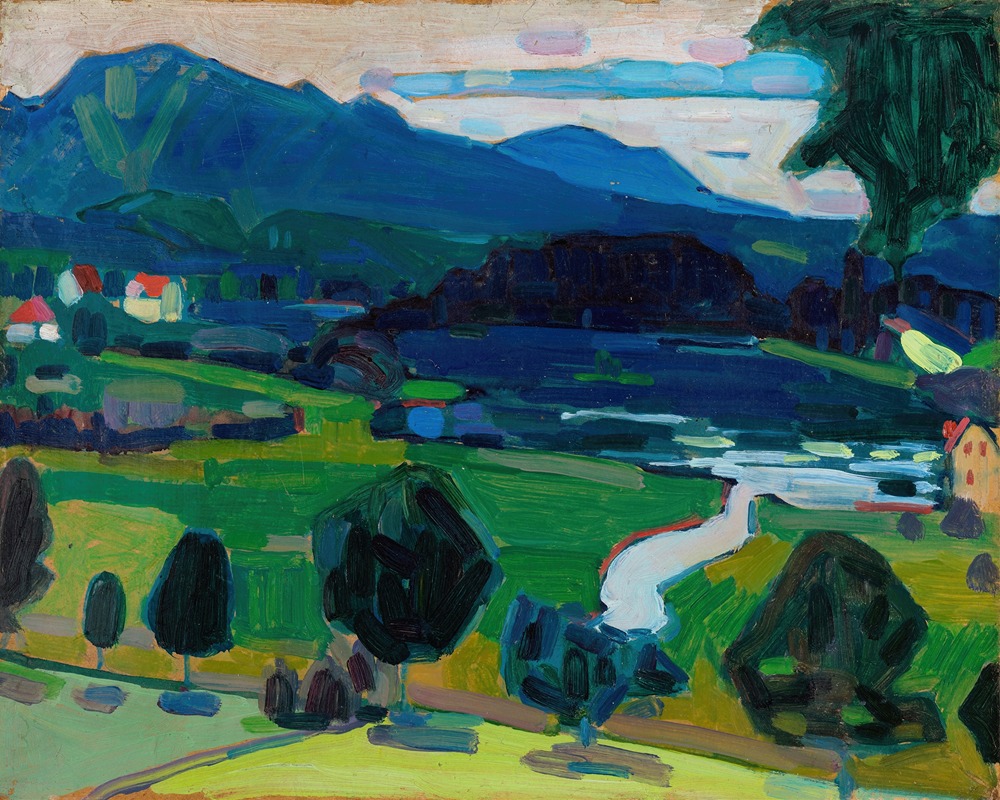
Murnau – View over the Staffelsee
A hand-painted replica of Wassily Kandinsky’s masterpiece Murnau – View over the Staffelsee, meticulously crafted by professional artists to capture the true essence of the original. Each piece is created with museum-quality canvas and rare mineral pigments, carefully painted by experienced artists with delicate brushstrokes and rich, layered colors to perfectly recreate the texture of the original artwork. Unlike machine-printed reproductions, this hand-painted version brings the painting to life, infused with the artist’s emotions and skill in every stroke. Whether for personal collection or home decoration, it instantly elevates the artistic atmosphere of any space.
"Murnau – View over the Staffelsee" is a painting by the Russian-born artist Wassily Kandinsky, created in 1908. Kandinsky is widely regarded as a pioneer of abstract art, and his works are known for their vibrant colors and innovative compositions. This particular painting is a part of his early exploration into abstraction and is notable for its vivid depiction of the Bavarian landscape.
In 1908, Kandinsky spent time in the small town of Murnau am Staffelsee, located in the Bavarian Alps of Germany. This period was crucial in his artistic development, as the landscapes and the unique quality of light in the region deeply influenced his work. During his stay, Kandinsky was accompanied by fellow artists Gabriele Münter, Alexej von Jawlensky, and Marianne von Werefkin. Together, they formed the core of the Munich-based avant-garde group known as the "Neue Künstlervereinigung München" (New Artists' Association of Munich).
"Murnau – View over the Staffelsee" captures the picturesque scenery of the area, with the Staffelsee lake and the surrounding mountains serving as the central motifs. The painting is characterized by its bold use of color and simplified forms, which reflect Kandinsky's shift towards abstraction. The landscape is rendered in a way that emphasizes emotional expression over realistic representation, a hallmark of Kandinsky's evolving style.
The painting employs a vivid palette, with blues, greens, and yellows dominating the composition. These colors are applied in broad, expressive brushstrokes, creating a sense of movement and dynamism. The forms are simplified and stylized, with the natural elements of the landscape reduced to their essential shapes. This approach reflects Kandinsky's interest in the emotional and spiritual potential of color and form, which he believed could evoke a deeper response in the viewer.
Kandinsky's time in Murnau was instrumental in his transition from representational art to abstraction. The landscapes he painted during this period, including "Murnau – View over the Staffelsee," demonstrate his growing interest in the expressive possibilities of color and form. This painting, along with others from the same period, laid the groundwork for his later, more abstract works.
The significance of "Murnau – View over the Staffelsee" lies in its role in Kandinsky's artistic evolution. It represents a key moment in his journey towards abstraction, showcasing his innovative use of color and form to convey emotion and spirituality. The painting is an important example of early 20th-century avant-garde art and reflects the broader trends in modernism that were emerging at the time.
Today, Wassily Kandinsky is celebrated as one of the most influential artists of the 20th century, and his works continue to be studied and admired for their groundbreaking contributions to abstract art. "Murnau – View over the Staffelsee" remains a testament to his visionary approach and his enduring impact on the art world.





